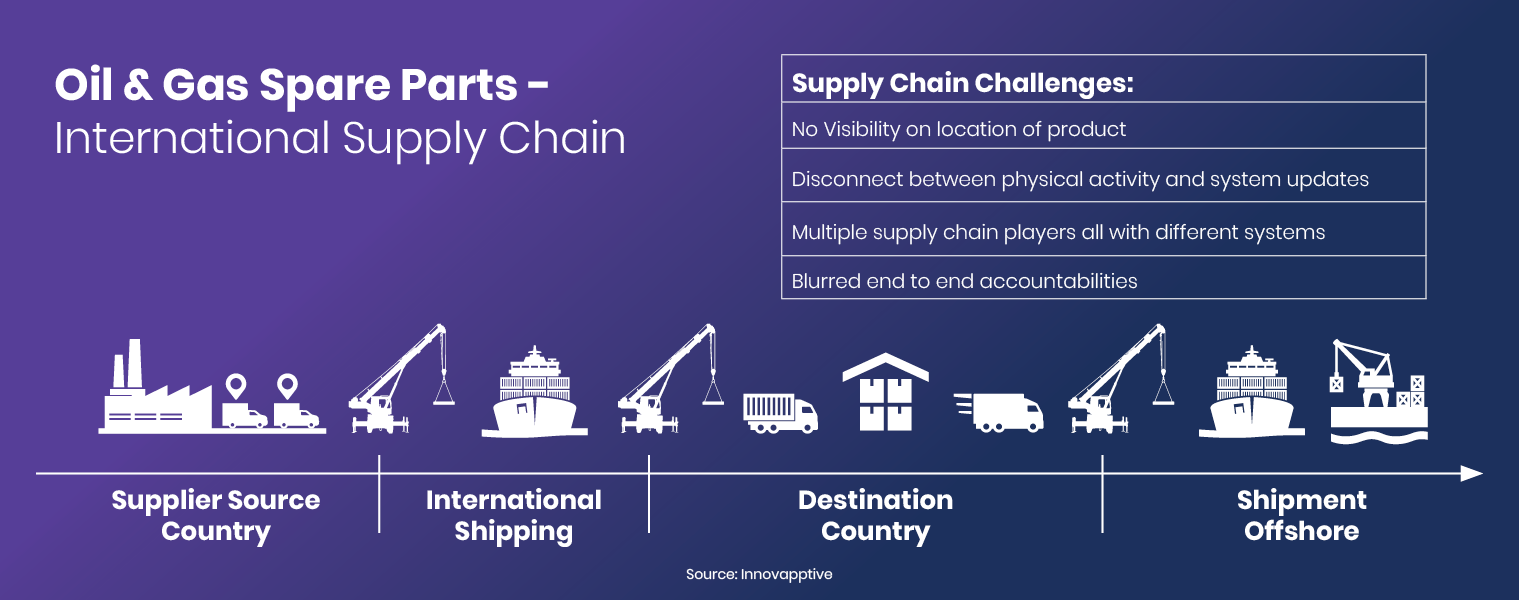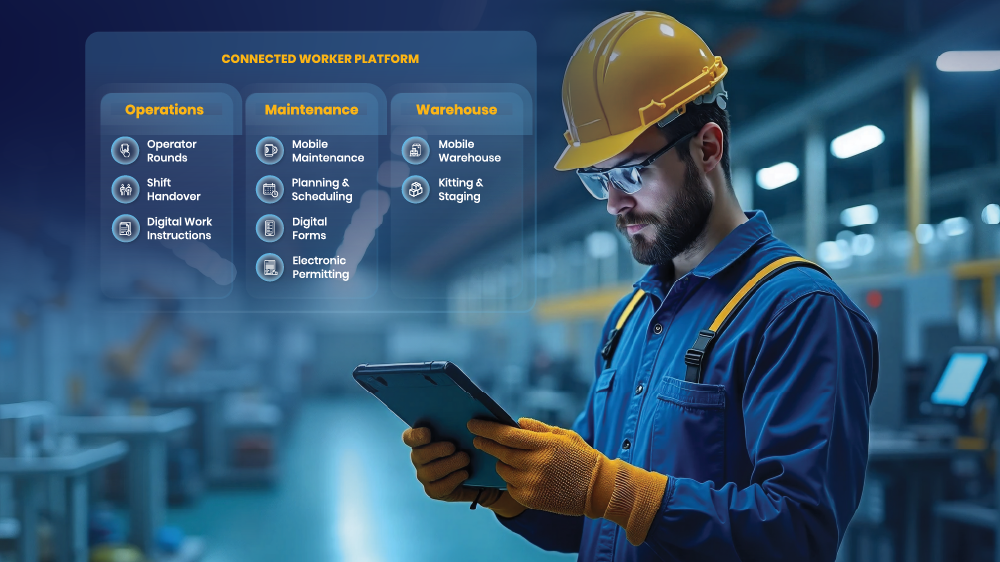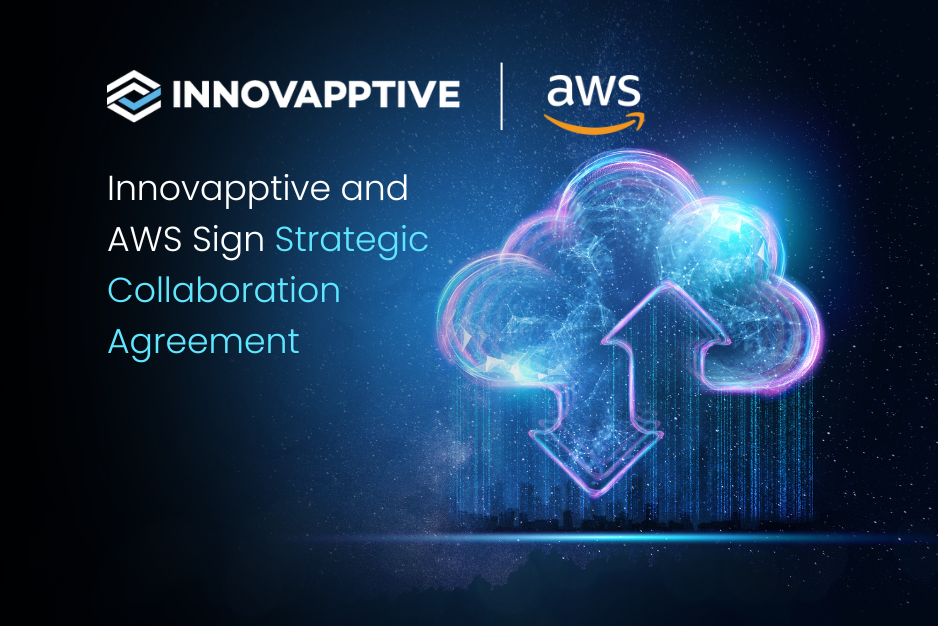5 Ways Oil & Mining Companies are Embracing Supply Chain Visibility

Introduction: Enhancing Supply Chain Visibility in Oil and Mining for Maximized Efficiency
The oil and mining industries require substantial capital investments, often in the billions, to develop new fields or mines. Once operations commence, maximizing production and reducing unplanned downtime are essential to ensuring a solid return on investment. Strategies to achieve this include optimized maintenance planning, streamlined business processes, enhanced data accuracy, and skillful resource management. However, an often-overlooked lever is Supply Chain Visibility, especially within Supply Chain Management for Maintenance, Repairs, and Operations (MRO).
Supply Chain Visibility: A Game Changer for Oil and Mining Companies
Supply chains within the oil and mining sectors are characteristically extensive and complex. Assets and equipment are typically sourced far from operation sites. Without end-to-end visibility, tracking critical parts and equipment becomes challenging, resulting in costly downtime.

In this article, we discuss five ways oil and mining companies are embracing advanced supply chain visibility solutions to overcome these challenges.
-
International Track and Trace Solutions for Comprehensive Supply Chain Tracking
Major ERP vendors now offer advanced solutions that track equipment and materials across multiple suppliers, covering the entire international leg. Through supplier enablement programs and real-time tracking, companies gain a comprehensive view of their supply chains, reducing the chances of operational delays. -
Mobile Access to Freight Forwarder Tracking Systems for On-the-Go Visibility
Accessing tracking solutions on mobile devices allows supply chain managers to check shipment status by simply entering a purchase order number or tracking ID. This mobile-friendly approach provides up-to-date information, enhancing warehouse planning and logistics coordination. -
Advanced Shipping Notices (ASN) to Streamline Warehouse Operations
Widely used in the retail sector, ASNs allow warehouses to prepare more effectively for incoming shipments, meeting Required Onsite Dates with precision. Automating ASNs, even via email, gives teams visibility into incoming materials, optimizing resource allocation and minimizing warehouse downtime. -
Warehouse Visibility with Mobile ERP Updates for Real-Time Accuracy
In paper-based systems, discrepancies often occur between physical warehouse operations and ERP system updates. By integrating mobile technology in warehouses, updates are made instantly, providing warehouse managers with accurate, real-time status. Engineers using mobile-connected ERP systems can track orders and minimize supply chain delays. -
Outbound Track and Trace for the Last Mile with SAP’s Remote Logistics Management
The “last mile” from warehouse to customer often lacks visibility. By implementing Electronic Proof of Delivery (ePOD) and Remote Logistics Management on mobile devices, oil and mining companies can track shipments accurately to offshore locations. This enhances visibility and streamlines the supply chain right to the offshore platform.
Conclusion: Embracing Full Supply Chain Visibility for Reduced Downtime and Higher Productivity
For oil and mining companies, achieving end-to-end supply chain visibility is now a critical operational focus. Solutions like Innovapptive’s Mobile Warehouse Management provide companies with real-time insights, reducing costs, increasing productivity, and ultimately strengthening revenue streams. Ready to see how these solutions can impact your operations?
Questions? We’re Here to Help
Innovapptive is dedicated to connecting workers, machinery, and processes through our Connected Worker Platform. For greater supply chain visibility or to enhance warehouse efficiency, schedule a free demo today.

See It In Action
Schedule a personalized demo to see how our solutions can help your business thrive.
- 29-09-2025
Your Ultimate Guide to Connected Worker
In the rapidly evolving industrial landscape, maximizing plant efficiency and ensuring optimal...
- 20-08-2025
Building the future of Industrial Operations with Innovapptive and AWS
Most manufacturers have already gone digital. Yet business outcomes haven’t moved in step. Many...
- 22-04-2025
The $3.6B Unlock: Solving the Chemical Industry’s Labor Crisis and EBITDA Pressure in One Move
“Constraints don’t slow innovation—they force it.”


